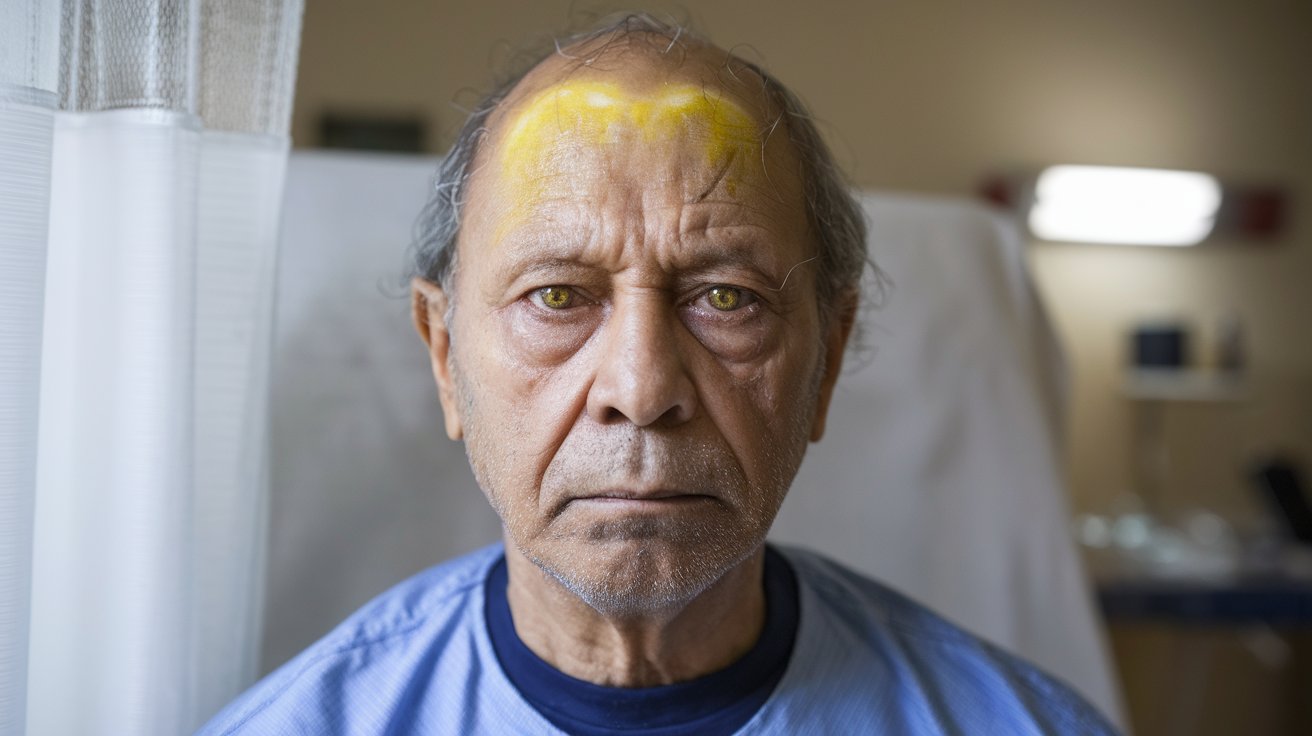
What is Kufor-Rakeb Syndrome? Kufor-Rakeb Syndrome (KRS) is a rare, inherited neurodegenerative disorder that primarily affects young people. Named after the Jordanian town where it was first identified, KRS shares many symptoms with Parkinson's disease but includes additional neurological challenges. This condition stems from mutations in the ATP13A2 gene, leading to iron accumulation in the brain's basal ganglia. Symptoms usually appear between ages 10 and 20, manifesting as movement issues, cognitive decline, and psychiatric symptoms. With fewer than 50 reported cases worldwide, understanding and managing KRS remains a significant challenge for medical professionals and researchers.
Key Takeaways:
- Kufor-Rakeb Syndrome (KRS) is a rare neurodegenerative disorder named after a Jordanian town. It causes Parkinson's-like symptoms and affects individuals in their juvenile years.
- Symptoms of KRS include motor issues like slow movement and tremors, as well as non-motor symptoms like anxiety and dementia. Treatment focuses on managing symptoms and improving quality of life.
What is Kufor-Rakeb Syndrome?
Kufor-Rakeb Syndrome (KRS) is a rare and complex neurodegenerative disorder. It primarily affects individuals in their juvenile years, presenting symptoms similar to Parkinson's disease along with additional neurological features. Let's dive into some key facts about this condition.
-
Name Origin: KRS is named after the Jordanian town of Kufr Rakeb, where the first cases were identified in 1994. This small town became the namesake due to the initial discovery of the syndrome there.
-
Inheritance Pattern: KRS follows an autosomal recessive inheritance pattern. This means an individual must inherit two copies of the mutated gene, one from each parent, to develop the condition.
-
Genetic Cause: Mutations in the ATP13A2 gene cause KRS. This gene codes for a lysosomal type 5 ATPase, and its mutations lead to iron accumulation in the basal ganglia, a characteristic feature of neurodegeneration with brain iron accumulation (NBIA).
Symptoms and Diagnosis
Understanding the symptoms and how KRS is diagnosed can help in early detection and management. Here are some crucial points.
-
Symptom Onset: Symptoms usually appear between ages 10 and 20. However, some cases may start earlier or later, making early detection challenging.
-
Motor Symptoms: Motor symptoms include juvenile-onset atypical Parkinsonism, bradykinesia (slow movement), tremors in the chin, tongue, and sometimes the arms, rigidity, and postural instability.
-
Non-Motor Symptoms: Non-motor symptoms often include anxiety, learning difficulties, visual and auditory hallucinations, and dementia. These symptoms add complexity to the disorder.
-
Brain Imaging: MRI scans are crucial for diagnosing KRS. They show cerebral atrophy and iron accumulation in the basal ganglia, particularly in the caudate and putamen.
-
Diagnosis: A definitive diagnosis requires genetic screening for mutations in the ATP13A2 gene. Early detection through genetic testing is essential for managing the disease.
Prevalence and Family Screening
KRS is an ultra-rare disorder, making it difficult to estimate its true prevalence. Family screening can help identify carriers and potentially affected individuals early.
-
Prevalence: Fewer than 50 individuals have been reported in the literature. This rarity makes it challenging to estimate the real prevalence of the disease.
-
Family Screening: Given its autosomal recessive inheritance pattern, family members of affected individuals should undergo genetic testing. This helps identify carriers and potentially affected individuals early on.
Symptom Progression and Treatment
The severity of symptoms tends to progress over time, leading to significant disability and cognitive decline. Here are some facts about treatment approaches.
-
Symptom Progression: Symptoms tend to worsen over time, leading to significant disability and cognitive decline in affected individuals.
-
Treatment Approach: Currently, no disease-modifying treatments exist for KRS. Treatment focuses on managing symptoms and improving the quality of life for affected individuals.
-
Medications Used: Treatment includes medications like levodopa (L-DOPA) and carbidopa to alleviate motor symptoms. Dopamine agonists, trihexyphenidyl, and amantadine may also be prescribed.
-
Botulinum Toxin (Botox): Botulinum toxin can treat dystonia, a common feature in KRS patients. This treatment helps manage muscle stiffness and spasms.
-
Physical Therapy: Physical, occupational, and speech therapies can improve mobility and cognitive functions. These therapies are crucial for maintaining quality of life.
Challenges and Research
The rarity and complexity of KRS pose significant challenges for research. Ongoing studies aim to better understand the disorder and develop more effective management strategies.
-
Limited Non-Motor Symptom Treatment: While medications can manage motor symptoms effectively, limited treatment options exist for non-motor symptoms like anxiety, hallucinations, and dementia.
-
Deep Brain Stimulation (DBS): Reports suggest using deep brain stimulation (DBS) in managing KRS symptoms, particularly when medication is ineffective. However, the role of DBS in KRS is still under investigation.
-
Case Reports: Several case reports document the clinical features and management strategies for KRS. These reports highlight the variability in symptom presentation and response to treatment.
-
Genetic Variability: Mutations in the ATP13A2 gene can vary, leading to different clinical presentations. Some individuals may have compound heterozygous or homozygous mutations, affecting the severity and progression of the disease.
-
Research Challenges: The rarity and complexity of KRS pose significant challenges for research. Ongoing studies aim to better understand the pathophysiology and develop more effective management strategies for this disorder.
Final Thoughts on Kufor-Rakeb Syndrome
Kufor-Rakeb syndrome (KRS) is a rare, complex disorder that primarily affects young people. Caused by mutations in the ATP13A2 gene, KRS leads to symptoms similar to Parkinson's disease, along with additional neurological challenges. Symptoms usually start between ages 10 and 20, progressing over time to cause significant disability. Diagnosis involves genetic screening and MRI scans, which reveal iron accumulation in the brain. While no cure exists, treatments focus on managing symptoms with medications like levodopa and carbidopa, physical therapy, and sometimes deep brain stimulation. The rarity of KRS makes research challenging, but ongoing studies aim to better understand and manage this condition. Early detection through family screening can help manage the disease more effectively. Understanding KRS is crucial for providing comprehensive care and improving the quality of life for those affected.
Frequently Asked Questions
Was this page helpful?
Our commitment to delivering trustworthy and engaging content is at the heart of what we do. Each fact on our site is contributed by real users like you, bringing a wealth of diverse insights and information. To ensure the highest standards of accuracy and reliability, our dedicated editors meticulously review each submission. This process guarantees that the facts we share are not only fascinating but also credible. Trust in our commitment to quality and authenticity as you explore and learn with us.


